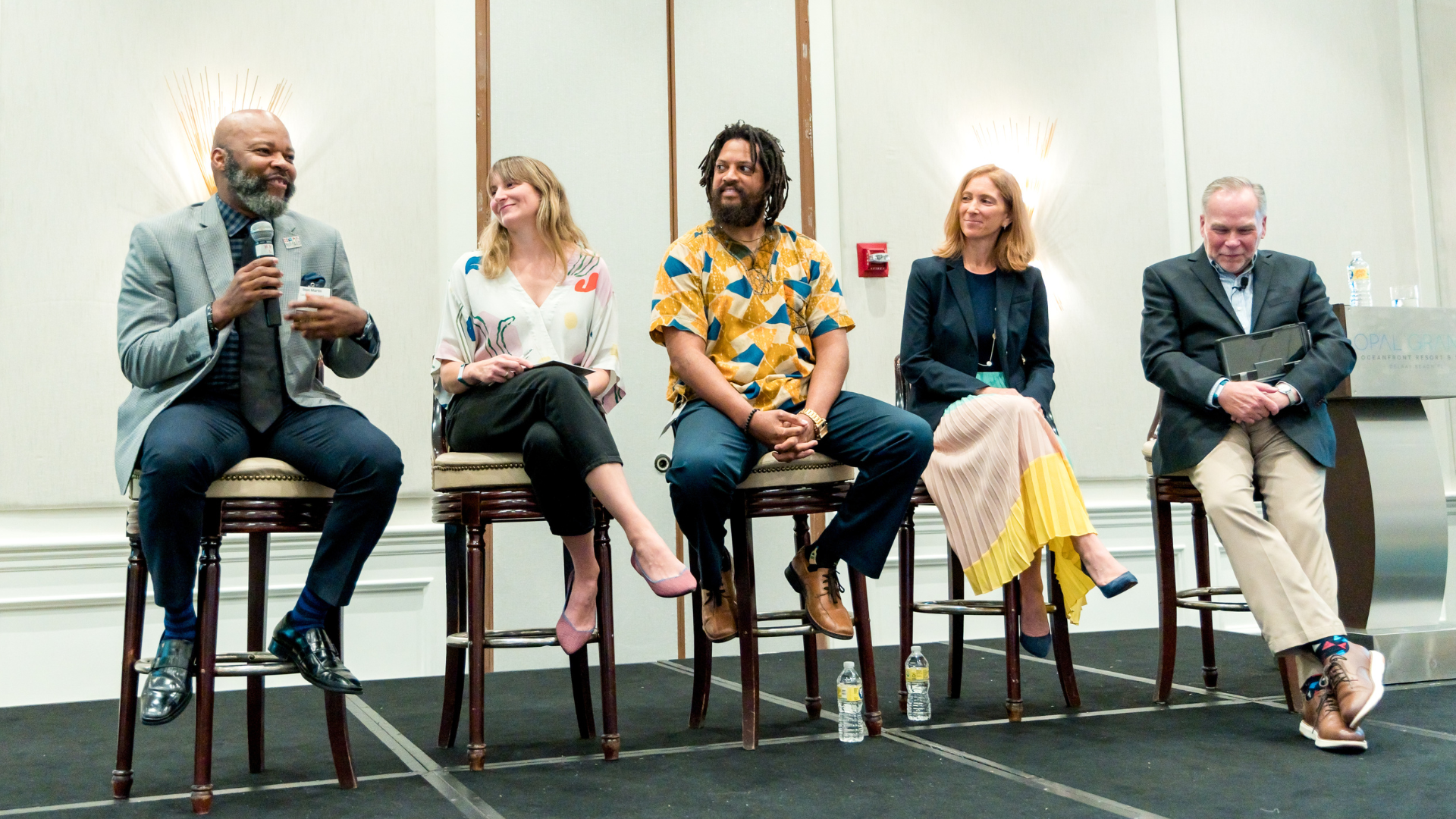By now we know that collective impact is often messy work. These collaborative processes are designed to address complex problems by bringing both traditional and non-traditional partners to a collective table. Inherent in this is messiness. The complex problem is often shifting both through the efforts of the collective impact table and also through external changes that are normal to community work.
 The partners don’t necessarily have a strong history of working together. They may not have the same or a shared understanding or lens on the issue that is trying to be impacted. Folks from the health care sector might rely heavily on an evidence-based approach while individuals from government or the voluntary sector may rely on the responsiveness of the service to meet the client needs. Both approaches are important but may raise conflict as the partners try to work together collectively.
The partners don’t necessarily have a strong history of working together. They may not have the same or a shared understanding or lens on the issue that is trying to be impacted. Folks from the health care sector might rely heavily on an evidence-based approach while individuals from government or the voluntary sector may rely on the responsiveness of the service to meet the client needs. Both approaches are important but may raise conflict as the partners try to work together collectively.
So, how do we put order to this messiness? Recently, John Kania, co-author of Collective Impact identified the need to pay attention to structure in collective impart efforts. Structure includes governance.
Vibrant Communities Canada, working with collective impact roundtables focused on reducing poverty, has identified six elements of structure that should be embedded into collective impact efforts. These elements or agreements will help dynamic and complex collaborative tables navigate the easy and tough challenges that collective impact efforts often encounter.
- Agreement on how partners will work together: Identifying who should be invited to the table, how often the table will meet, roles of key partners and decision-making processes are critical in collaborative efforts. This is even truer for collective impact efforts. In the early stages of a collective impact effort, asking the influential leaders around the table to look internally at their own systems and determine how these systems can change will provide momentum and early wins.
- Agreement on shared values to drive the collective impact work forward: Learning from Vibrant Communities Calgary, the Hamilton Roundtable for Poverty Reduction adopted the shared value of ‘no blame’, instead they were looking for solutions to transform the experience of individuals living in poverty. Agreement on shared values can be a touchstone when challenging issues arise that can put the table into conflict.
- Agreement on the shared definition of the problem: A shared definition of the problem is harder to get to than one might think. This definition needs both an evidence base (who is being impacted by the problem identified) and an understanding of the experience of individuals in the community who are not able to effectively navigate the systems that are preventing them from being successful. The problem needs to be considered urgent and important in order for traction to take place.
- A defined collaborative model which identifies accountabilities of the partners: In collective impact efforts there are often many key players who have different levels of reporting and accountability. The convening partners who bring the table together are accountable to their boards. The Leadership table has accountability not only to each other but also to their home organizations and to the community for achieving outcomes. The backbone staff team has multiple layers of accountabilities in driving the collective efforts forward. A clearly defined structure, which identifies the layers of accountability, will benefit the collective impact effort immensely.
- Terms of Reference for the key players in the Collective impact effort: Developing Terms of Reference is often not considered the most important task but in collective impact efforts, with so many moving parts, the terms of reference can be critical. They should be tied to the collaborative model and to the shared agreements. They also become a tool for partners to understand the role and contributions they can make to the collective effort.
- A memorandum of understanding with the convener/host/fiscal sponsor of the collaborative table: Collective impact efforts are often convened by a lead community agency, funder or partner and typically the staff of the backbone infrastructure is hosted by this community agency. This is complicated. A memorandum of understanding can be useful to define roles, responsibilities, reporting requirements, etc.
Paying attention to the structure of the collective impact effort is important. It will help the partners have clarity about their roles and the expectations of their engagement. It will help the table navigate through tough decisions and most importantly, it will help the community understand what is being achieved and how.
Getting to collective impact is challenging, vexing, frustrating and community changing. This is particularly true for those organizations and leaders considering playing an influential role as the backbone of a collective impact collaborative. Tamarack – An Institute for Community Engagement is hosting a three day ‘Champions for Change: Leading a Backbone Organization in Collective Impact’ workshop in Calgary April 15-17, 2015. Join other change makers in exploring these questions and others in scaling change on complex community issues. For more information about the Champions for Change event, visit http://events.tamarackcommunity.org/c4c.





